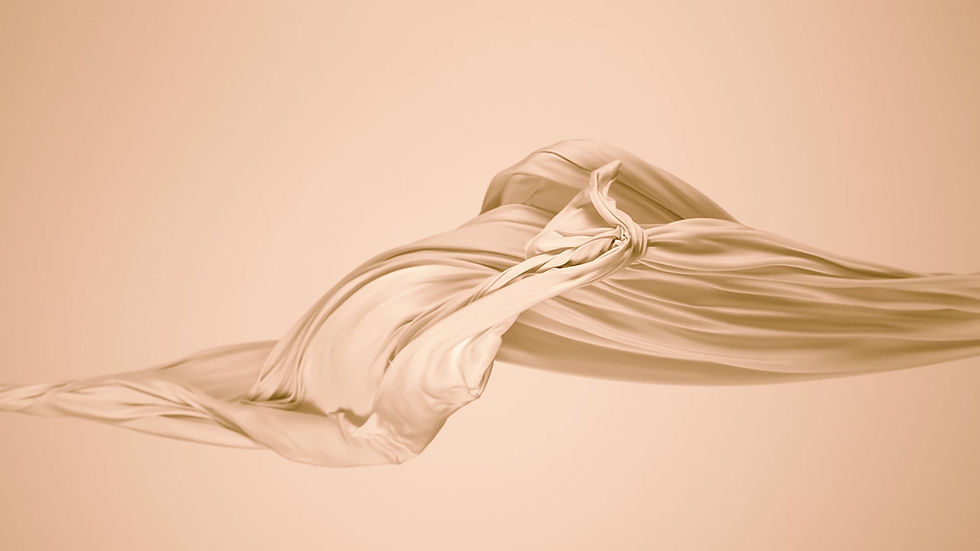
“Nature itself is the greatest physician.” —Hippocrates
HENNA | MEHNDI
Though it's history and usage span all around India and Asia. It's oldest reported and origin use dates back to 1200 BC (may be older), where it was utilized in Egypt, Africa to dye the hair and nails of pharaohs, and also during the mummification process. It was even said that Cleopatra herself used henna to adorn her body. In this day and age Africa still use Henna & Jauga for wedding events and celebrations.
Perhaps Henna's most well observed quality is it's natural cooling effect, which offers a delightful tingling sensation to the skin (similar to chewing spearmint gum and drinking cold water). Once this property was discovered, people of the desert, used henna to cool down their bodies. By making a henna paste and smearing it on themselves, they achieved an air conditioning effect. The sensation is felt throughout the body for as long as the henna stain remains on their skin. It didn't take long before the desert people turned the henna smears into works of art. Thus the Hina (Henna) tradition was birthed.
For centuries, Hina (Henna)—the art of henna painting on the body—has been believed to bring love, good fortune, prosperity, and protect the wearer against evil.
The art of henna has become increasingly popular in Western culture during the last few decades; being used primarily as a natural hair dye or a trendy ornamental form of hand, foot and body art. It is one of the most well known botanical on earth, yet it is also quite possibly the least underutilized for it's many healing properties.

Botanical Name: Lawsonia Inermis
Part Used: Leaves, bark, flowers
Energetics: bitter, astringent, cooling | Pacifies Pitta and Kapha, may aggravate Vata (in excess)
Actions: Antipyretic (fever reducing), alterative (gradually restores proper function of the body), nervine (calms the nervous system)
Henna, or Mehndi, is an evergreen plant. A member of the Loosestrife family, henna originally comes from Egypt, a country that is still one of the main suppliers of the plant. The henna plant typically grows in the drier climates of India, Northern Africa, and the Asia.
The red-ish brown dye is made by crushing the dried leaves and then mixing the fine powder with other natural and acidic ingredients such as eucalyptus oil, lemon juice, or water.
Helpful hint: Henna that is black in color can be dangerous and should not be used. The dark color implies that the henna plant was mixed with chemical compounds to give it that color. Also, hair dyes that claim to be henna-based occasionally contain other chemicals that can be harmful or cause allergic reactions for those who have sensitive skin, so read your labels carefully!
10 HEALING BENEFITS OF HENNA:
1. Relief from headaches
Henna flowers cure headaches caused by the heat of the sun. A plaster made of Henna flowers soaked in vinegar and applied over forehead relieves the headaches.
2. Eases arthritis pain
When henna is used on the hands, it helps to relax the body via the cooling effect it has on the nerves, thus reducing inflammation caused by arthritis symptoms.
3. Treats a variety of skin conditions
Traditional medicinal uses for henna include being used as a coagulant for open wounds and a poultice to sooth burns and eczema. Fresh leaves may be used as a topical antiseptic for fungal or bacterial skin infections, including ringworm.
4. Promotes healthy hair
Henna helps to improve hair health. It helps seal the hair cuticle, preventing breaking, and increasing the shine and appearance of the hair. It is also a natural treatment for dandruff.
5. Draws out fever
Henna leaves rolled into a ball with water, placed in the hand will help bring temperature down.
6. Promotes healthy gums
Chewing on henna leaves is said to reduce the risk of gum disease and treat mouth ulcers.
7. Reduces Pitta in the mind
The essential oil that is derived from Henna, also knows as Hina, is used in Africa in cultural ceremonies and prayer (Devotion). It is great for opening our psychic abilities, clairvoyancy, and reducing anger and irritability.
8. Natural treatment for diaper rash
Sprinkle a little bit of henna powder on the inflamed area to reduce heat and irritation.
9. A cure for dysentery
Henna seeds can treat dysentery. Crush the henna seeds and mix it with ghee. Make small balls of the mix and swallow it with water to cure dysentery.
10. A powerful detox
By soaking the bark or leaves of the henna plant in water and then consuming the liquid has been connected to improved spleen and liver health.
11. Regulates blood pressure
One of the most undervalued effects of henna is it's use for heart health. If you consume henna water or seeds, you can enjoy a hypotensive effect that relieves stress on the cardiovascular system and effectively lowers blood pressure. This can help prevent the plaque and platelet build-up in the heart and arteries, preventing heart attacks and strokes.
The best medicine is often that which the earth gives to us. Henna is the perfect hidden gem cherished through the eastern culture and making its way to the west.